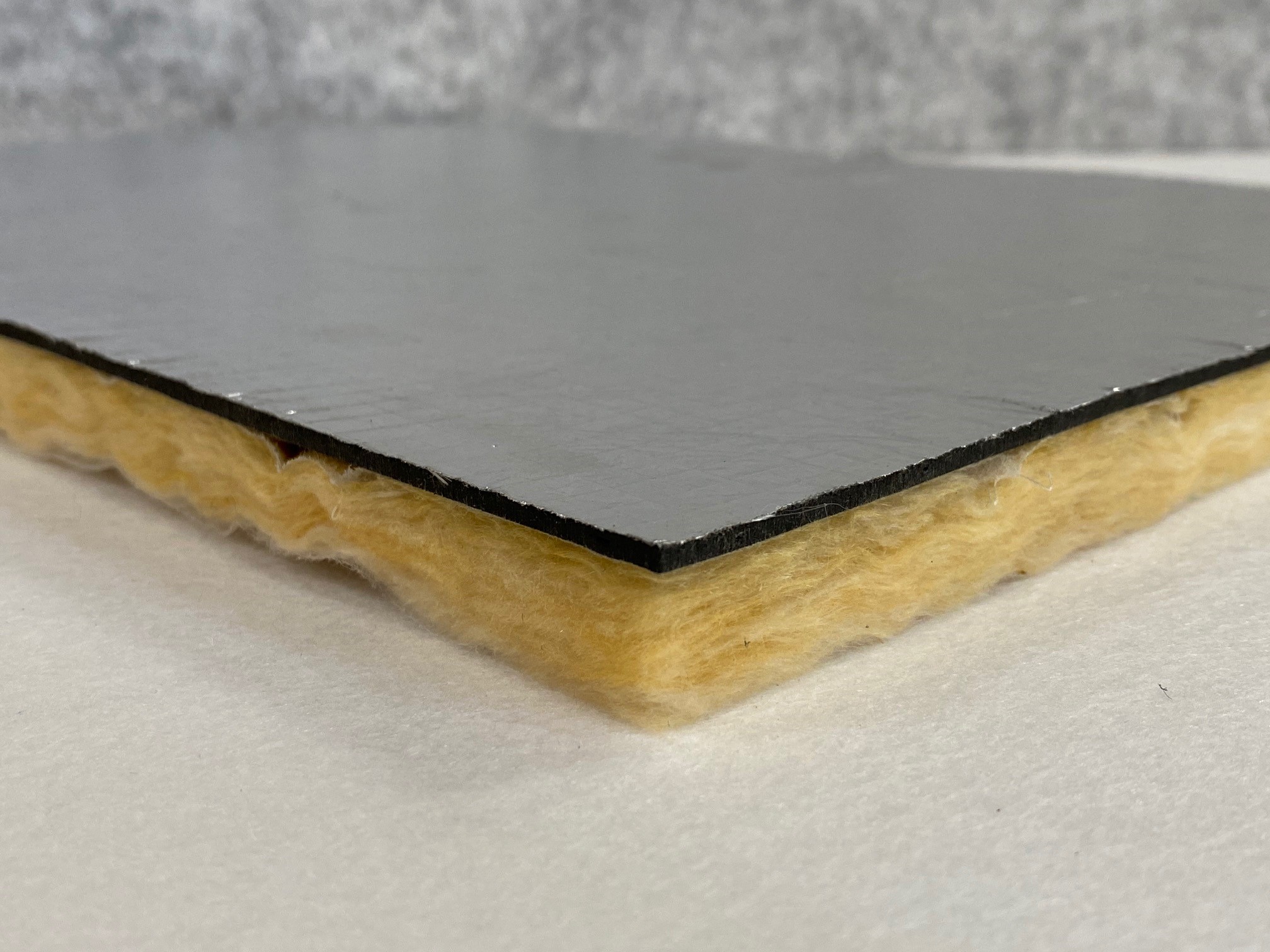
Acoustic treatments are used for different types of purposes to control the sounds in a room. For instance, they help in the absorption of reverberations, echoes, resonance, and reflection. Therefore, experts in acoustics can employ various methods to solve the issues of reflection, reverberation, and resonance. To correctly solve their acoustic concerns, many buildings may require a mix of these solutions. These treatments include;
- Bass Traps
Bass traps are devices meant to absorb or trap bass sounds in the room’s corners. Low frequencies are the hardest to manage. It is due to their lengthy and strong frequencies. Moreover, they gather in corners making the room’s bass sound overly loud. Bass traps are porous materials such as stiff fiberglass and foam that absorb sound waves in a room’s corner. Therefore, depending on the acoustic difficulties you’re having, you can install different types of bass traps. Some traps may also catch mid-and high-frequency signals.
- Ceiling clouds
The majority of acoustic panels are intended for use on walls. However, others are built mainly for use on ceilings. Acoustic ceiling treatments could also be referred to as ceiling clouds. They are lightweight ceiling panels that hang horizontally. Ceiling clouds are instrumental in high-ceilinged structures. Although high ceilings can be a beautiful architectural element, they can also lead to excessive sound reverberation. They are made of different materials such as metal, foam, or even wrapped with fabric.
- Acoustic panels
Acoustic panels, like bass traps, are meant to absorb sound waves. Acoustic panels, on the other hand, are thinner than bass traps. Therefore they won’t be as efficient at catching lower frequencies. However, in places where reverberation is a concern, they can still make a big difference. Acoustic panels absorb sound waves rather than allowing them to reflect and propagate across a space. Moreover, they can blend in well with the room’s aesthetics compared to bass traps. Also, they can be placed anywhere in a room.
- Diffuser panels
Diffuser panels are made to diffuse sounds, unlike the ones mentioned above. Sound absorption reduces the overall volume of the space. In some instances, you’ll want to prevent sound waves from creating echo without completely absorbing them, so the room doesn’t sound excessively silent. Hence necessitating diffuser panels. Sound waves striking the diffuser panel disperses in unpredictable directions due to this phenomenon. Diffuser panels are an acoustic treatment that helps keep a room sounding alive, whereas sound absorption treatments remove sound energy, which deadens Sound. Therefore, diffuser panels can be used in addition to or instead of sound-absorbing treatments.
- Acoustic foam
These are more like acoustic panels. However, while acoustic panels are ready to mount on the wall and have an attractive appearance, acoustic foam is more of raw material? The use of acoustic foam in recording studios is more widespread than in companies that require acoustic treatment. Due to their egg crate appearance, they are used for more functional areas. They can also be installed on walls and ceilings to absorb sounds.
- Helmholtz Resonators
This is used for dealing with ongoing resonance. Like a bottle or vase, it’s simply a hollow spherical with a tiny hole protruding from the top. The ability of Helmholtz resonators to absorb Sound of a frequency comparable to their natural frequency is critical for auricular therapy. Moreover, due to their range in size, they can absorb different frequencies. This allows you to target particular frequencies in an area that aren’t needed.
- Fiberglass insulation
This one deals with sound bleeding from one room to another. Sound may be prevented from passing through walls by insulating them. Fiberglass insulation absorbs Sound the same as bass traps, acoustic panels, and ceiling clouds do, preventing reverberation and other acoustic issues.
